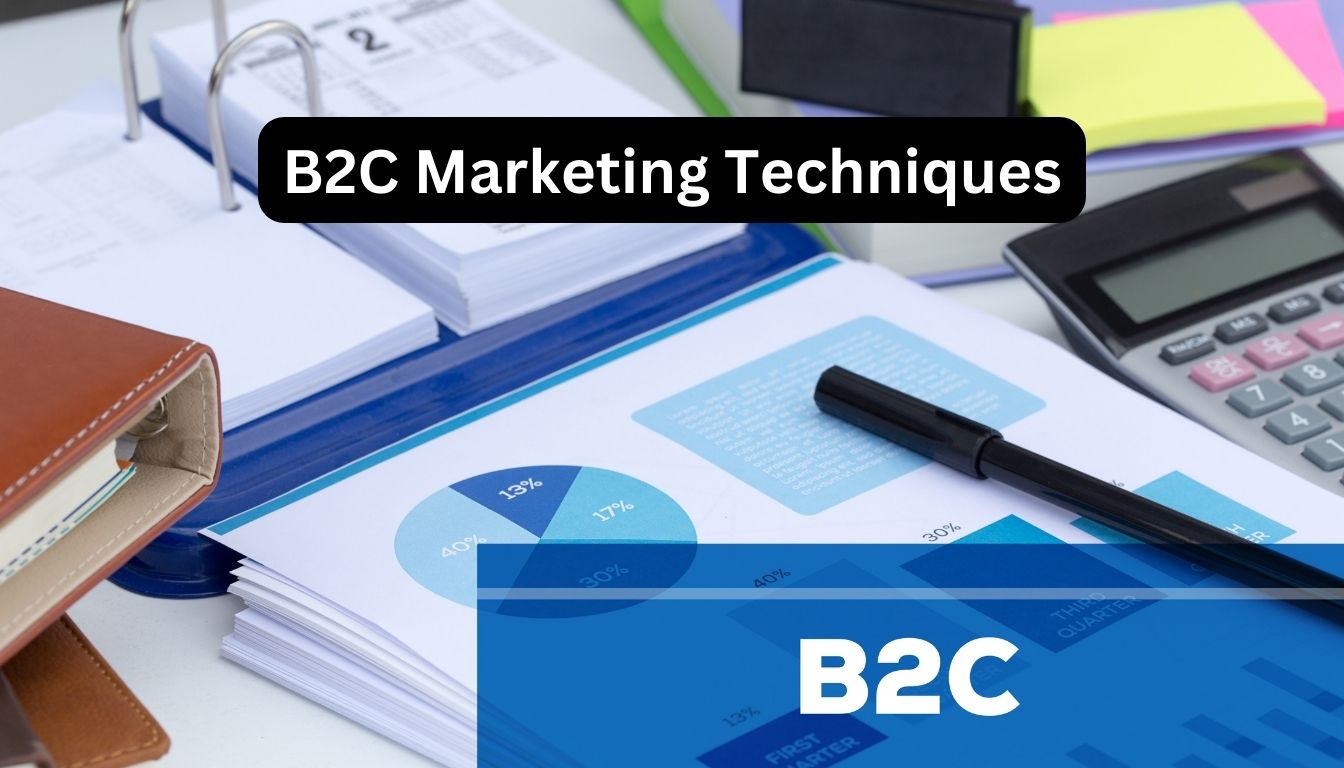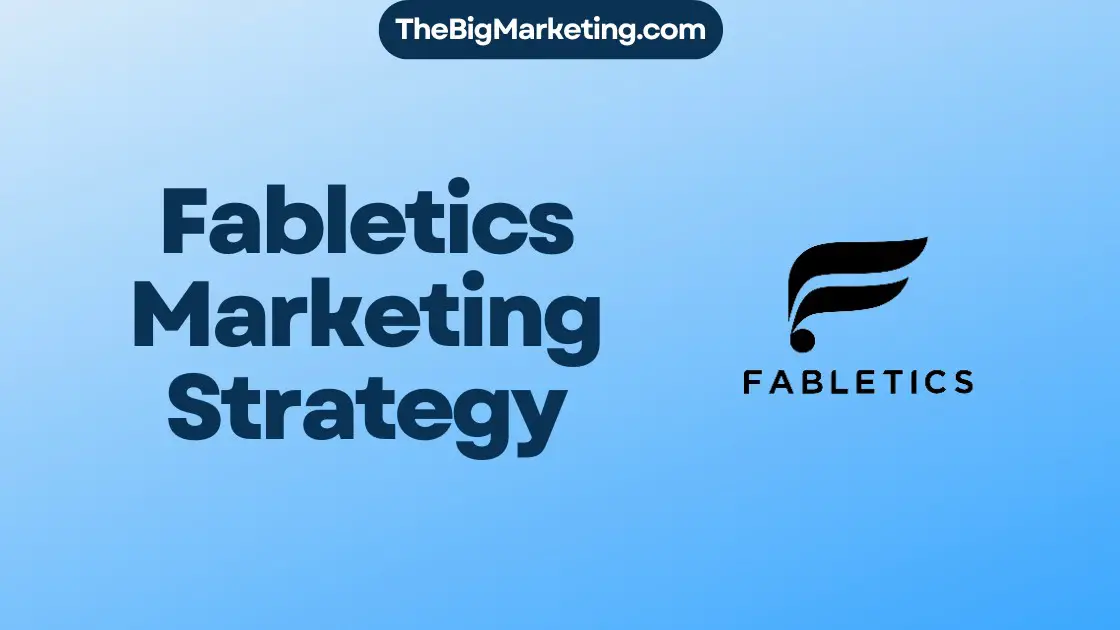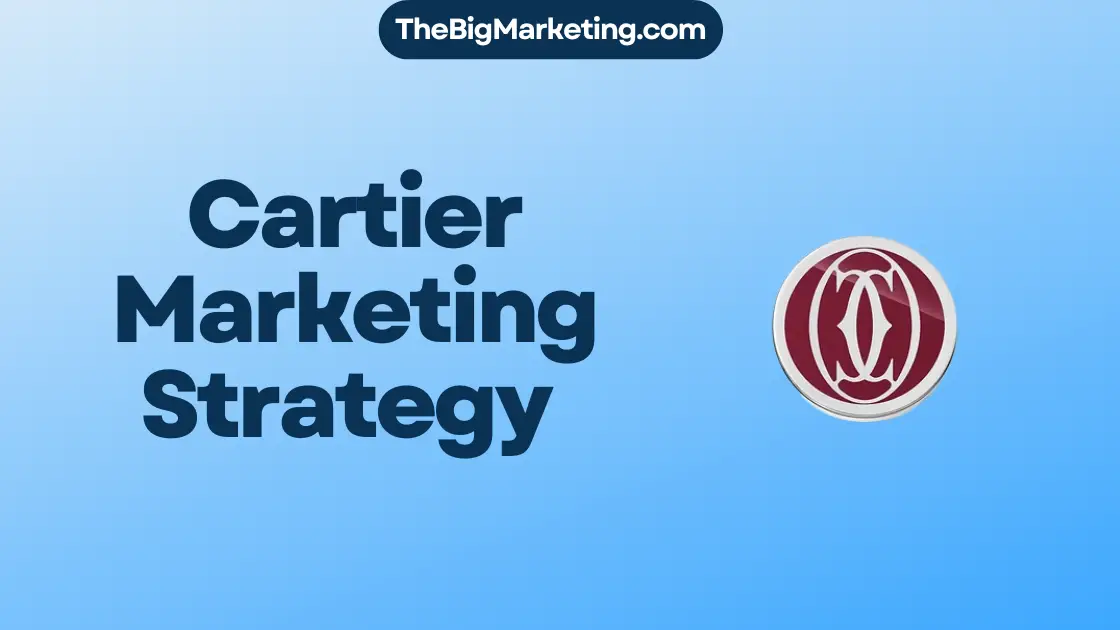Everyone loves stories by nature, which makes them powerful in marketing. Research shows that stories make information more memorable. Storytelling marketing uses stories to share messages, stir feelings, and get people involved with a brand. It’s a strategy for both small startups and big companies to make their brand feel more human and strengthen customer loyalty. We’ll look into how storytelling works in marketing with examples from the real world.
Key Takeaways:
- Stories grab attention and help people remember things better in marketing.
- Storytelling marketing involves using narratives to communicate messages and create brand engagement.
- Storytelling can be used by both small startups and larger corporations to humanize their brand.
- Real-world examples of storytelling in marketing demonstrate its power and impact.
- By leveraging storytelling techniques, brands can differentiate themselves and build emotional connections with their audience.
The Transformative Power of Storytelling in Marketing
Storytelling in marketing can change how people see and interact with brands. Using narrative marketing techniques, companies can craft content that draws in their audience and boosts engagement. This can happen through writing, visuals, and speech.
Content Marketing Strategy
Storytelling is also key in content marketing strategy. It lets brands share their message and connect more deeply with customers. With engaging stories, brands grab the audience’s attention and emotions. This leads to more consumer engagement.
By sharing stories that are relevant and meaningful, brands leave a lasting impression on their market.
Storytelling for Business
Storytelling for business helps make brands stand out. Sharing real stories that touch the audience can make a brand feel more human and memorable. People prefer brands they feel connected to, and stories make this connection stronger.
Incorporating storytelling into marketing strategies offers significant benefits. When stories meet data insights, brands can build stronger customer ties, increase loyalty, and grow their business.
| Benefits of Storytelling in Marketing | Examples |
|---|---|
| Creates emotional connection with consumers | Coca-Cola’s storytelling campaigns |
| Enhances brand engagement and recall | John Lewis’ Tiny Dancer ad |
| Increases consumer loyalty | Airbnb’s personalized experiences |
Real-World Examples of Storytelling in Marketing
Many famous brands have nailed storytelling in their marketing. They show how to use stories to make marketing unforgettable and strong.
Coca-Cola’s augmented reality campaign is a great example. They brought their drinks to life with animated stories about sharing. This approach hooked their audience with engaging tales.
John Lewis’ Tiny Dancer ad is another standout. It makes insurance feel personal by showing childhood’s wonder and the need to safeguard special moments. This touching story helps the brand emotionally connect with people, making their message stick.
Airbnb also tapped into storytelling for their marketing. They let guests see Paris through a local host’s eyes, offering a genuine and unique viewpoint. Airbnb’s stories build trust and let future guests imagine living like a Parisian.
These cases underline storytelling’s power in marketing. Through storytelling, businesses can craft impactful ads that appeal to their audience, stick in their minds, and drive success.
| Brand | Campaign | Storytelling Technique |
|---|---|---|
| Coca-Cola | Augmented Reality | Bringing product to life through animated stories |
| John Lewis | Tiny Dancer | Humanizing insurance, portraying childhood magic |
| Airbnb | Real Paris | Showcasing personalized and authentic experiences |
The Hero’s Journey: A Powerful Storytelling Technique
The Hero’s Journey is a classic way to tell stories. It’s found in tales from many cultures and times. A hero sets out, takes on challenges, and wins in the end. In marketing, this story can turn customers into heroes. Here, the brand is what helps them overcome their problems. Through stories in ads or social media, companies engage people and create bonds. Apple and Nike have done this well, crafting stories that touch people deeply.
Take Apple’s “Think Different” campaign as an example. It showed Apple as a supporter of bold ideas. They suggested their products could help people be creative and stand out. In this way, Apple led its users on a journey of growth and self-discovery.
Nike is another brand that uses the Hero’s Journey well. Their ads often show athletes facing and beating tough challenges. They say their products are what help you win your battles. This kind of story grabs attention and encourages people to chase their dreams.
The Three Acts of the Hero’s Journey
The Hero’s Journey has three main parts:
- Act 1: The Call to Adventure – Here, a challenge or chance comes up, starting the hero’s journey. For marketing, this could mean a problem the customer has that the brand can solve.
- Act 2: The Journey and Trials – The hero faces struggles. In marketing, this could be how the customer looks at different brands or products.
- Act 3: The Triumph and Transformation – The hero wins and is changed. In marketing, this is when a customer is happy with a brand’s product or service and how it improves their life.
Using the Hero’s Journey in marketing can captivate your audience. It turns customers into heroes in a story, leading to loyalty and a strong connection to the brand.
Benefits of the Hero’s Journey in Marketing
There are many good things about using the Hero’s Journey in ads:
- Brand Engagement: It turns customers into the story’s heroes and the brand into their helper, making people more involved.
- Emotional Connection: This story approach stirs feelings and builds a close link between customers and the brand.
- Narrative Marketing: It lets brands share their message through stories, making their marketing more relatable and rememberable.
The Hero’s Journey makes marketing powerful. It lets brands tell stories that catch and hold people’s attention. By doing this, brands can attract customers, keep them loyal, and stand out from others.
Before-After-Bridge: A Persuasive Storytelling Technique
The Before-After-Bridge technique is a persuasive method used in storytelling. It boosts your content strategy and increases brand loyalty. It shows how your product or service changes the customer’s life, providing a story that meets their needs.
Let’s look at the Before-After-Bridge method:
Before
In the ‘Before’ stage, we identify the customer’s issues, creating empathy. This connection shows we understand their problems. It helps capture their attention on a deeper level.
After
The ‘After’ stage shows what customers want to achieve. With stories and visuals, we illustrate how things can get better with our products. This builds anticipation and emotional investment.
Bridge
The ‘Bridge’ connects ‘Before’ and ‘After’. It introduces our brand as the solution for improvement. Highlighting our product’s unique features and value, we position our brand as essential for achieving their goals.
Using the Before-After-Bridge in storytelling engages your audience effectively. It shows how we can solve their problems and inspire action, which builds loyalty.
| Pain Point (Before) | Desired Outcome (After) | Bridge (Brand Solution) |
|---|---|---|
| Difficulty managing finances | Financial stability and peace of mind | Introducing our financial planning software, which helps you track expenses, save money, and achieve your financial goals |
| Unhealthy eating habits | Improved health and well-being | Discover our meal planning service, offering nutritious and delicious recipes tailored to your dietary needs |
| Limited productivity and organization | Efficiency and success | Unlock your potential with our productivity app, designed to streamline tasks, set goals, and boost your productivity |
By using the Before-After-Bridge, you create stories that speak to your audience. This way, you share the benefits of your product. It stirs curiosity, desire, and trust, engaging your audience and ensuring loyalty.
AIDA: The Four-Step Storytelling Structure
The AIDA method is powerful for grabbing your audience’s attention, building interest, sparking desire, and encouraging action. It stands for Attention, Interest, Desire, and Action. This method helps brands share their stories, stir emotions, and get people involved.
Attention is our starting point. To grab attention, use engaging stories. This could be a catchy headline, an interesting first sentence, or a striking image. The aim is to make your audience pause and listen to what your brand has to say.
Interest comes next. After catching your audience’s eye, you must keep them interested. You can do this by providing new insights, addressing their needs, or showing how your brand solves a problem. This makes your audience want to learn more about your story.
Desire follows. In this step, your goal is to make people want your product or service. Highlight the benefits and make an emotional connection. Use storytelling to show how your brand can better their lives.
Action is our final goal. You’ve got their attention, piqued their interest, and kindled a desire. Now, you need to encourage them to act. This could mean buying your product, signing up for a newsletter, or interacting with your brand. Be clear about what you want them to do and give them a strong call to action.
Using the AIDA method, brands can lead their audience on a path from attention to action. It’s a great way to engage people and achieve success.
The Power of Storytelling in Brand Marketing
Storytelling is very powerful in brand marketing. Companies use it to connect with consumers on an emotional level. This builds loyalty and a strong link with the brand. When brands tell real and relatable stories, they meet our need to connect and engage.
By using stories, brands can stand out from their competitors and create a unique image. These stories help humanize the brand. This forms a lasting emotional bond with their audience.
Studies prove that emotional ties increase consumer loyalty. If people feel a personal link to a brand, they stay loyal and recommend it. Sharing stories that move consumers personally builds trust and long relationships.
Nike’s “Just Do It” campaign is a perfect example of strong brand storytelling. It shares stories of personal victories and facing challenges. This has helped Nike inspire its audience. It has built a customer base that is loyal and sees Nike as a symbol of determination and success.
Storytelling lets brands express their core values and mission. Sharing values through stories creates a stronger connection with the audience. This shows the brand’s authenticity and trustworthiness, tightening the bond with consumers.
Benefits of Storytelling in Brand Marketing:
- Increased consumer loyalty: Brand storytelling helps create emotional connections, leading to long-term customer loyalty.
- Establishment of brand identity: Strategic brand storytelling sets brands apart from competitors, creating a unique and recognizable identity.
- Trust and affinity: By sharing authentic and relatable stories, brands can establish trust and build a deep affinity with their customers.
- Expression of values: Storytelling provides a platform for brands to express their values and purpose, creating a deeper understanding and connection.
Compelling stories in marketing draw consumers closer to the brand. They build emotional connections that last. Storytelling boosts loyalty, shapes the brand’s identity, and shares its values. It’s a crucial strategy in brand marketing.
| Benefits of Storytelling in Brand Marketing | Keyword |
|---|---|
| Increased consumer loyalty | consumer loyalty |
| Establishment of brand identity | brand identity |
| Trust and affinity | emotional connection |
| Expression of values | brand storytelling |
The Benefits of Storytelling in Content Marketing
Storytelling is a key skill in content marketing. It lets brands connect with their audience in a meaningful way. Through stories, they can share their message and keep their audience interested. This makes the message not only heard but felt and remembered.
Storytelling boosts audience engagement. It creates a bond with the audience through emotions and shared experiences. This bond increases trust and loyalty towards the brand.
It also makes brand messages more appealing and easy to relate to. Brands avoid just pushing ads. Instead, they tell stories that carry their messages. This makes their values and mission clear in a genuine manner.
Stories make brand messages stick in people’s minds. Information told as a story is easier to remember. Brands using storytelling stand out more, making their message more likely to be shared.
Storytelling lets brands tailor their content for their audience. By knowing their audience’s likes and needs, brands can craft stories that resonate. This personal touch strengthens the bond with the audience, boosting engagement and loyalty.
In summary, storytelling is crucial in content marketing. It helps brands engage their audience and clearly share their message. By using storytelling, brands can stand out and create lasting relationships with their audience.
Conclusion
Storytelling in marketing is very powerful. It can grab people’s attention, form deep emotional bonds, and make them loyal to a brand. By using different storytelling methods, brands can share their message in a unique way. This makes them stand out in a crowded market.
Real-world examples prove how effective storytelling can be. Coca-Cola’s augmented reality campaign, John Lewis’ Tiny Dancer ad, and Airbnb’s personalized experiences are great stories. They show how narratives can leave a strong mark on consumers.
Storytelling is key for brands aiming to keep and attract customers. It can be through a hero’s journey, or the before-after-bridge tactic, or the AIDA framework. These storytelling methods will keep charming people. They also drive brand activity and forge meaningful connections.







